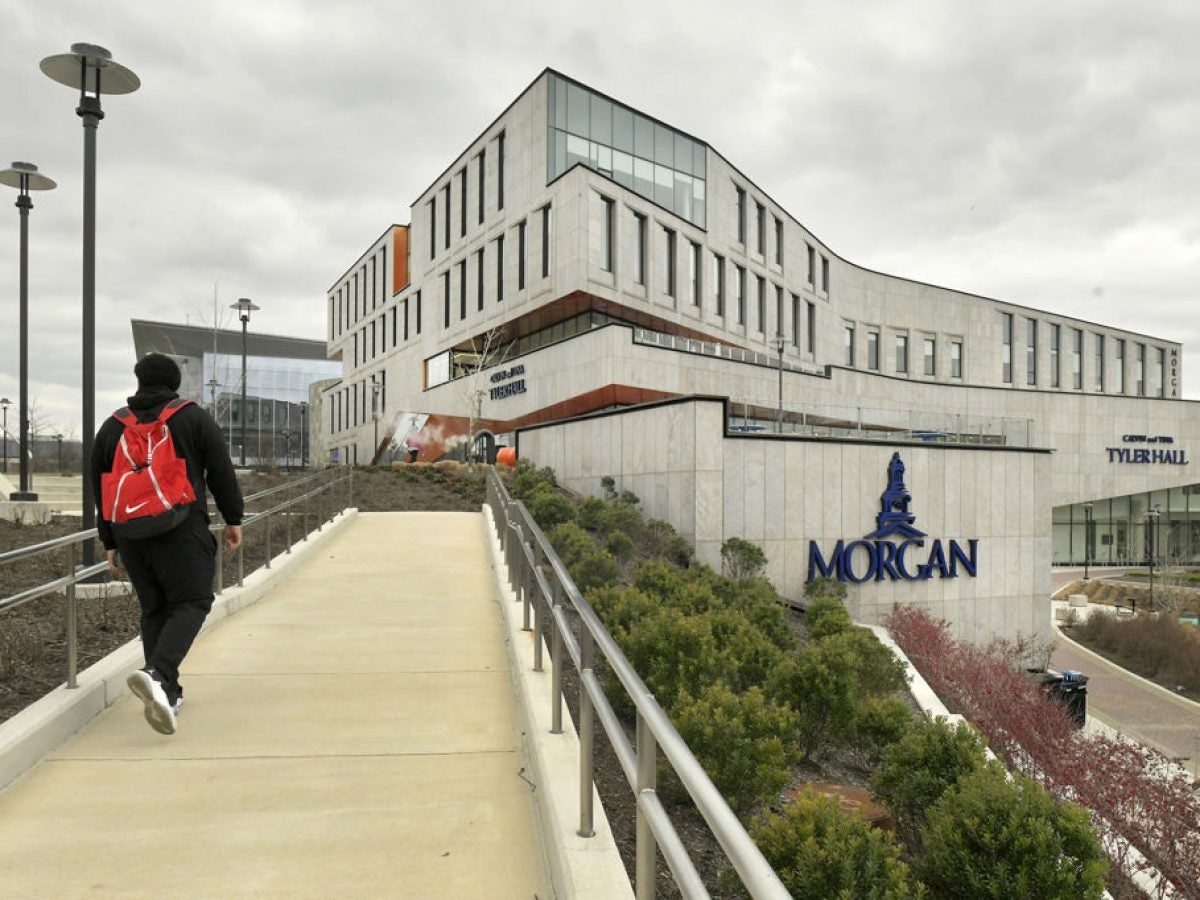
Eighty years ago, a symbol of racial division was constructed during the 1930s in Northeast Baltimore, fittingly nicknamed the “spite wall,” to prevent students from the HBCU Morgan State University from crossing into the all-white Northwood Plaza shopping center.
Yesterday morning, it “came crumbling down.”
“The Morgan students that were fighting to be in the shopping center, they wouldn’t [have ever] imagined the day that will come where Black owners, and Black store owners would be here,” said Megan Lathan, who is the owner of Beauty Plus, Beauty Supply now located in that once forbidden to Blacks shopping plaza.
During the 1960s, students even protested, staging sit-ins, at the wall’s location. As Morgan State University president David Wilson shared, the protesting students believed, “‘I don’t care how many walls you build, we’re going to come over here and we are going to sit in these establishments and you are going to serve us and we are not going to leave until that happens.’”
“It feels almost like a poetic justice,” Wilson said. “I feel like the literal and physical wall being put up to prevent Black people from shopping here and thriving here is coming down,” adding, “It’s a full circle moment for the community and for the University.”
WEAA, the NPR-affiliated radio station of the university, reports that “[t]he red bricks represented the horrid racism the Morgan and Baltimore community faced just decades ago.”
As the bricks tumbled down, Wilson believes that healing is on the horizon. “It was an opportunity for the university to continue down a path of educating the larger community about our history and destroying some of those symbols that stood in the way of the universities and the community’s ability to be treated equally,” he shared.
The United States has a long and rich history of constructing walls as a barrier in order to separate various groups of people, dating back from the early settlers in both Plymouth, MA and Jamestown, VA to the ones being proposed in present day. Indeed, “[e]xploring histories of such walls involves an appreciation for racial segregation itself.”
Tearing down the “spite wall” presents a new chapter with a happy ending to this segment of Baltimore’s dark history.
As Bridgette Neal, President of the Hillen Road Improvement Association, the road which abutted the demolished wall, said, “We’re definitely excited and finally glad to see this wall come down. It has held us apart from each other for years, unnecessarily, so we are glad to see our homes be embraced by Morgan State, and again, we are just over the moon about it.”
But Morgan State is determined to not let this piece of history fade into obscurity, and its School of Architecture and Planning is going to use the remnants “of the wall as a teaching and learning tool for students…[and a] portion of the ‘spite wall’ will remain up and at some point, it will become a university park — a reminder of what took place.”
